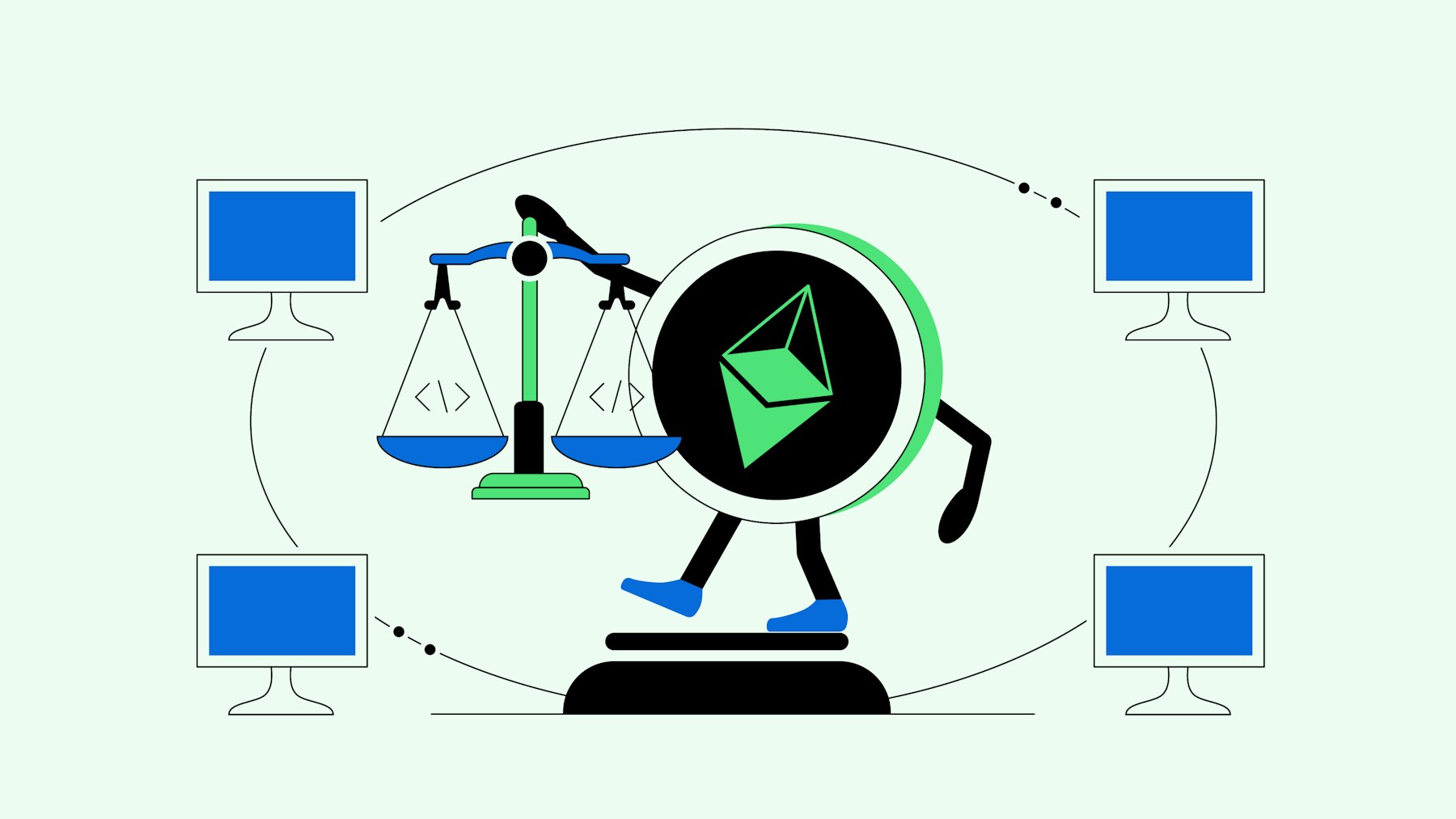How to buy ETC?
You can buy Ethereum Classic through cryptocurrency exchanges like Bitpanda using fiat currencies, e.g. euros or U.S. dollars. It’s a good idea first to get familiar with the ETC price history and the current exchange rate. Once purchased, your Ethereum Classic investment can be viewed and accessed in a digital wallet similar to a banking app. You then have the option to hold on to your ETC or sell it again via the exchange.
ETC price history
Like other cryptocurrencies, Ethereum Classic is considered a highly volatile asset. Its price has fluctuated through many highs and lows throughout its existence, and there’s no way to make a guaranteed ETC price prediction. As always, it’s important to do your own research before investing in crypto.
The price of ETC started off relatively low when it first launched, only to initially peak in early 2018. Between mid-2018 and mid-2021, the price stayed relatively constant, moving between €5 and €12. On May 6, 2021, ETC reached its all-time high of €111.68. The price dropped significantly after that and has remained volatile, trading between €25 and €43 throughout 2022. Currently, ETC is trading at an average daily high of €30.9486 and an average daily low of €27.9817. Though ETC began without a supply cap, the network voted to cap the supply of ETC in December 2017. The maximum supply of ETC is 210,700,000 units.
How to use Ethereum Classic?
Ethereum Classic has two clear use cases: It operates as a smart contract platform for developers and as a “sound money” currency, a philosophy that aligns with the founding principles of Bitcoin. As a currency, ETC can be bought, sold, held and spent online. As a platform, Ethereum Classic offers a space for developers to create decentralised apps, games and services for individuals and businesses.
What are the risks of Ethereum Classic?
Although Proof of Work generally is good at securing networks, Ethereum Classic is still a minor chain and has experienced hacking attacks in the past, including several 51% hacks, which is where a group of miners who control more than 50% of the network’s mining hashrate attack the blockchain and prevent regular mining activity to continue.
